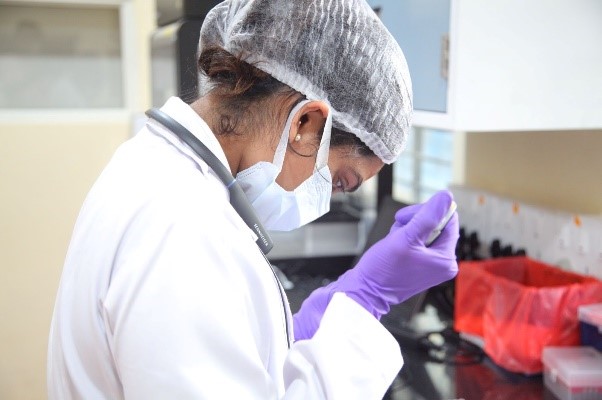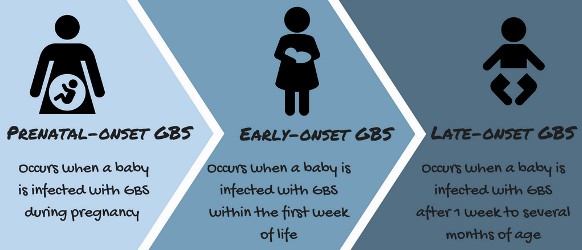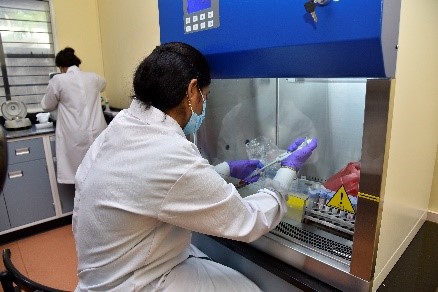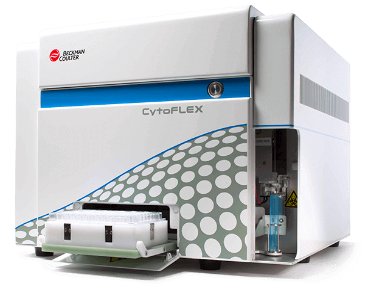NATIONAL SURVEILLANCE OF SEROTYPE DISTRIBUTION ACROSS INDIA
National surveillance in India provides real-time information on the epidemiology of pneumococcal infection, facilitating the assessment of drug resistance and prevalent serotypes.
TRENDS IN THE EMERGING AMR
A multisite surveillance network in the country is recommended by WHO and IAPCOI for rational use of antibiotics, inform vaccine impact, policy development, and raising awareness among clinicians and the general public.
WHOLE GENOME SEQUENCING
Indian data is limited to Molecular typing, Serotyping and conventional methods There is major need of WGS Data for understanding the genetic mechanisms of virulence, epidemic dynamics, genetic changes responsible for resistance. To compare the genomes of isolates from different individuals and locations and infer routes of spread.
ESTABLISHMENT OF SURVEILLANCE BY NETWORKING
Setting up PAN INDIA NETWORK of Medical Colleges, Hospitals, Diagnostics Centresacross the country. The data documented would enable in building homogeneity of surveillance across India by standardization of laboratory methods for diagnosis & characterization of S. pneumoniae.


Group B Streptococcus is an opportunistic pathogen and a major cause of neonatal invasive disease, with impact on infant mortality. We are contributing our research towards this by “whole-genome sequencing of GBS isolates from across a broad geographical and temporal span of India” to better understand pathogen diversity, genetic association with the disease and pathogen transmission. The analysis outputs will serve to inform future disease prevention and treatment strategies.

WHAT ARE ESKAPE PATHOGENS?
Enterococcus faecium, Staphylococcus aureus, Klebsiella pneumoniae, Acinetobacter baumannii, Pseudomonas aeruginosa, and Enterobacter spp.
WHY ARE THEY OF “PRIORITY”?
The most critical group of all includes multidrug-resistant bacteria that pose a particular threat in hospitals, nursing homes, and among patients whose care requires devices such as ventilators and blood catheters.
OUR GOAL
Our goal is to establish a national genomic surveillance network for Antimicrobial resistance (AMR) and generate actionable data that will enable policymakers and public health programmes to make informed decisions to effectively respond to AMR.



CRL as a National Reference Laboratory for Pneumococcal immunogenicity evaluation recognized by Govt of India,BIRAC-DBT(NIVER) studies are conducted using Multiplexed Opsonophagocytic assay and Enzyme-linked Immuno-sorbent Assay to determine the efficacy of vaccines.
LUMINEX and Flow Cytometry are powerful technologies that are used in molecular and cellular biology research applications. Our Research Team is focusing to integrate these technologies over conventional methods for evaluating vaccine immunogenicity


Kyasanur forest disease (KFD) is caused by the Kyasanur Forest disease virus (KFDV), a member of the virus family Flaviviridae. for the Detection and Confirmation of KFD Rapid diagnostic test needs to be developedas the clinical signs of KFD are indistinguishable from various viral fevers.The centre is collaborating with other Research organizations to develop, validate and standardise a lateral flow immunoassay test for KFD.

HLA has been studied in several distinctive illnesses, including infectious diseases. In bone marrow transplantations, a certain disparity of HLA can influence the outcome of the transplantation. there are associations between particular Genotypes and autoimmune diseases and a slower progression of AIDS disease. Our lab is fascinated toconduct research on HLA Genotyping.